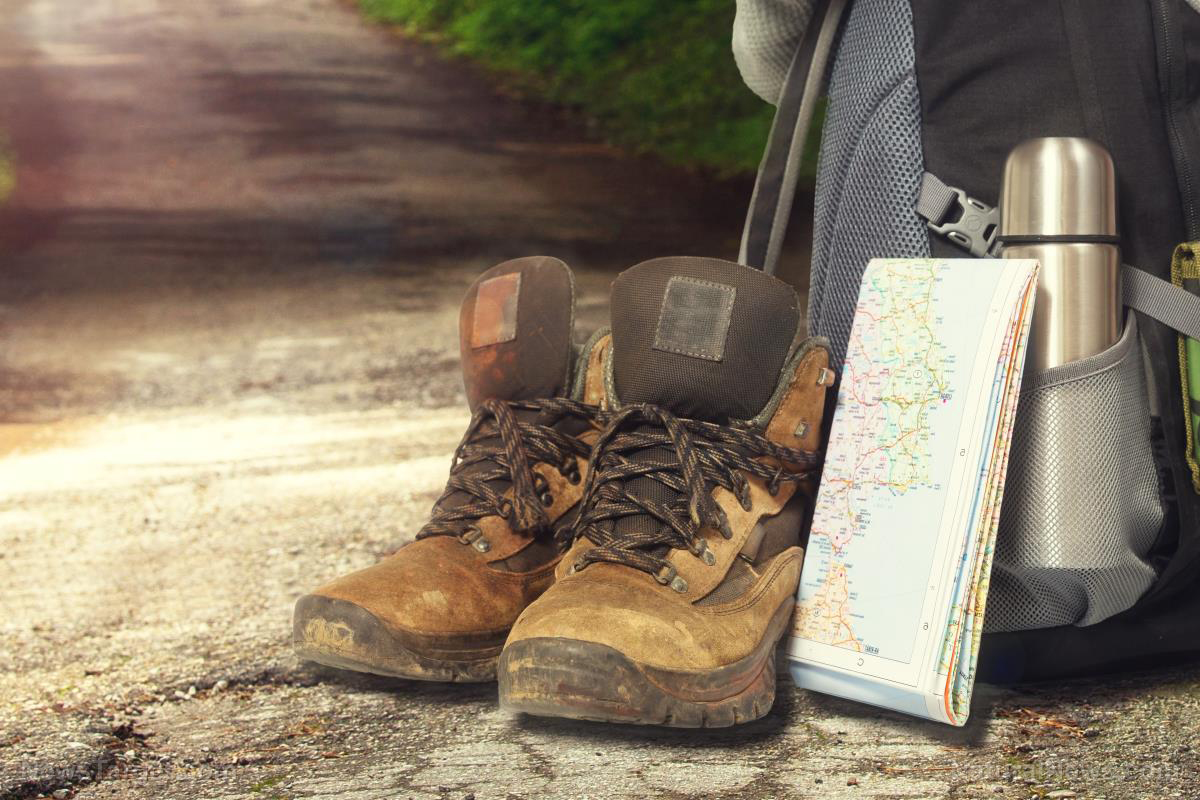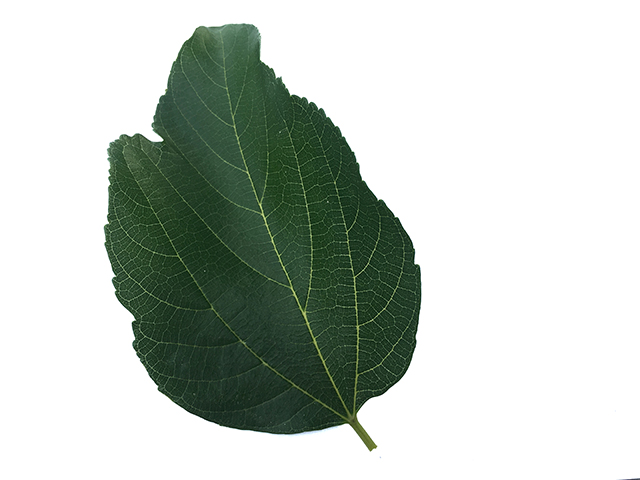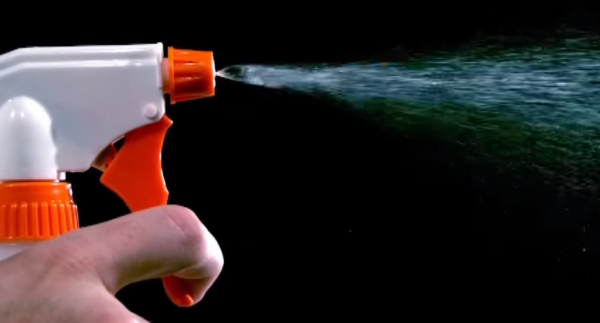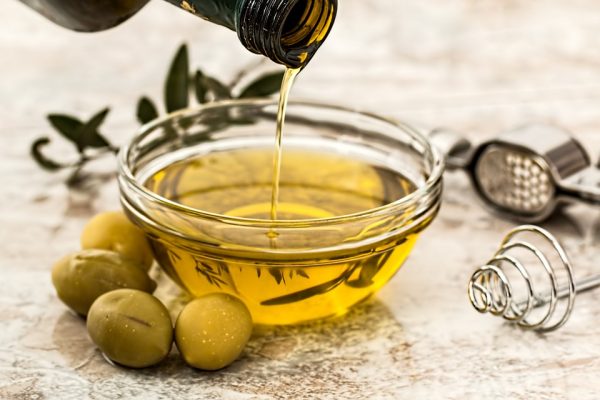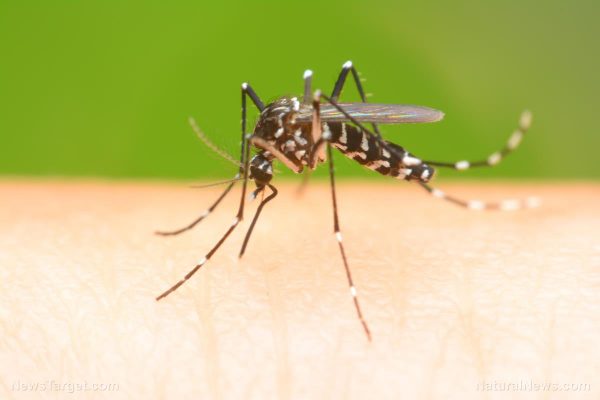As temperatures start to rise, the country’s best hiking trails come alive. Flowers are starting to bloom, birds are nesting, and the sun is slowly warming up the earth. Be sure to take advantage of all the natural beauty the spring season brings and plan a hike or camping trip away from towns, cities, and digital devices. Take some time off to slow down from the hectic life you live and breathe in some fresh air.
Before setting off on a wild adventure, you might want to weatherproof your gear. Nothing is worse than drenched hiking boots or water leaking into your tent. Below you’ll find a two-ingredient wax to seal and protect leather and canvas jackets, hats, bags, boots, and tents. (RELATED: Stay informed about the latest survival and outdoor gear at Gear.news.)
What’s more, making your own waterproofer allows you to add essential oils to your gear that repel insects and rodents. Since mice love beeswax, opt for peppermint, lemon, citrus, eucalyptus, citronella, or a mix. These essential oils repel both bugs and mice.
Also, forget about mosquito repellents that contain the controversial chemical called diethyltoluamide or DEET. DEET is a toxic substance linked to allergic reactions and other health issues. Did you know that a mix of lemon and eucalyptus essential oil works even better than DEET, without adding any harmful side effects?
According to researchers from the London School of Hygiene and Tropical Medicine, United Kingdom, DEET gives about 85 percent protection in a four-hour period, while a eucalyptus and lemon-based repellent provides nearly 97 percent protection over the same period.
Waterproof wax to protect your outdoor gear
To weatherproof your gear, make your own waterproofing mixture following the instructions below.
Ingredients
- 2 ounces beeswax or beeswax pellets
- 8 ounces petroleum jelly (or boiled linseed oil and turpentine)
- Optional: 1 tablespoon essential oil(s)
FYI: while petroleum jelly gives the best result, boiled linseed oil can also be used. Though it will do an excellent job at waterproofing your gear, there is one drawback to using it over petroleum jelly. When linseed is used in combination with beeswax, you will also need to add turpentine. Turpentine is the byproduct of the sap of pine trees and, just as linseed, has a pungent smell and is highly flammable.
Equipment and materials
- Heat source, preferably a hot plate since the ingredients are flammable
- Measuring cup
- Paint stirrer or any other clean stirring stick
- Clean rag or brush
- Hair dryer or heat gun
- Wide-rimmed storage container with lid
Instructions
- Unless you bought beeswax pellets, chop or shave the wax into smaller chunks.
- Gently heat the petroleum jelly in the tin until liquefied.
- Gradually add the beeswax. Stir until completed dissolved. If you are using linseed oil, first heat and liquefy the beeswax. Turn off the heat and gently stir in the linseed oil and turpentine until well combined.
- Pour into a storage container (or use the petroleum tin if it has a lid) and allow to cool completely before applying it to your gear with a rag or brush.
- Wipe off any excess mixture from the edges and seams and heat with a heat gun or hair dryer on high. The heat opens up the pores of the material, allowing better absorption of the wax and it also softens the material. If you don’t have a heat gun or hair dryer, allow the solution to soak for 24 hours. You’ll know it’s completely dry when the material turns a little bit darker.
FYI: some people prefer to waterproof their clothes with a solution that’s still hot and liquefied, using a spray bottle and rag. However, Off The Grid News recommends to let it cool completely and use a cloth or brush since the petroleum-based mixture cools quickly and may turn into a paste in a matter of minutes.
Sources include:
OffTheGridNews.com
NaturalNews.com

